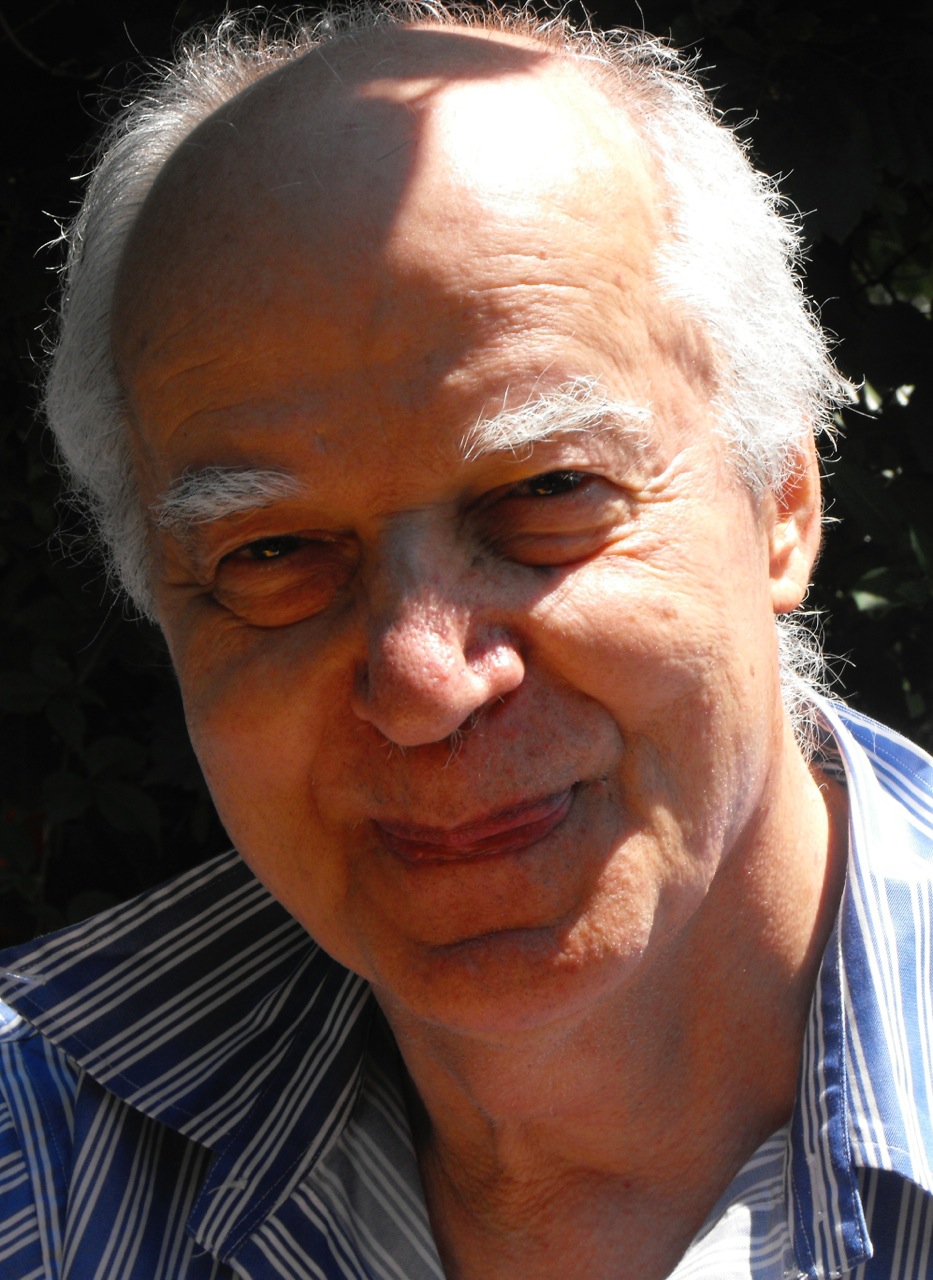It is competitive with large desalination plants in its open-cycle mode.
A $1bn reverse-osmosis desalination plant expected to supply 120,000 m3/day in San Diego would be matched by a 51-MW OC-OTEC plant supplying the same and costing twice the cost of CC-OTEC at $8000/kW, a total of $408M, less than half the cost of the reverse-osmosis plant.
Dr Paul Curto, previously NASA chief technologist, wrote in OpEdNews on 12/15/2010:
"OTEC is a true triple threat against global warming. It is the only technology that acts to directly reduce the temperature of the ocean (it was estimated one degree Fahrenheit reduction every twenty years for 10,000 250 MWe plants in '77), eliminates carbon emissions, and increases carbon dioxide absorption (cooler water absorbs more CO2) at the same time. It generates fuel that is portable and efficient, electricity for coastal areas if it is moored, and possibly food from the nutrients brought up from the ocean floor. It creates jobs, perhaps millions of them, if it is the serious contender for the future multi-trillion-dollar energy economy."
This ocean cooling corresponds to 1 degreesC
cooling every forty years, a century resulting in a 15 cm sea-level fall, an appreciable amount,
having a dramatic
effect on erosion-menaced
small islands.
This reversal of sea-level rise must be seen as one of the major contributions of large-scale OTEC use.
Fall in sea temperature will result in lower air temperatures and lesser cyclonic activity.
Dr Gerard Nihous has investigated extracting up to 5TW of electricity by OTEC.
Sea-level fall would be affected proportionately, 30 cm for 5TW OTEC use / century.
5 TW is equivalent to the 5 TW world-generated electricity (2008) from 15 TW of prime energy.
Conventional generation uses 15 TW to give 5 TWe, an efficiency of only one-third.
As an illustration, a 50-MW OTEC plant ship design shows both open-cycle and closed-cycle OTEC modes.
(Note: You can view every article as one long page if you sign up as an Advocate Member, or higher).





